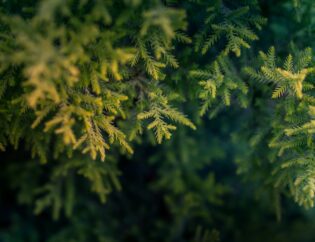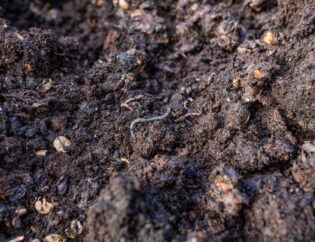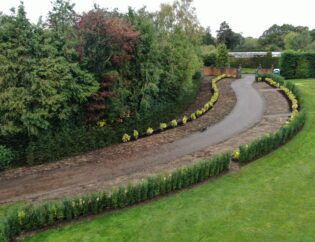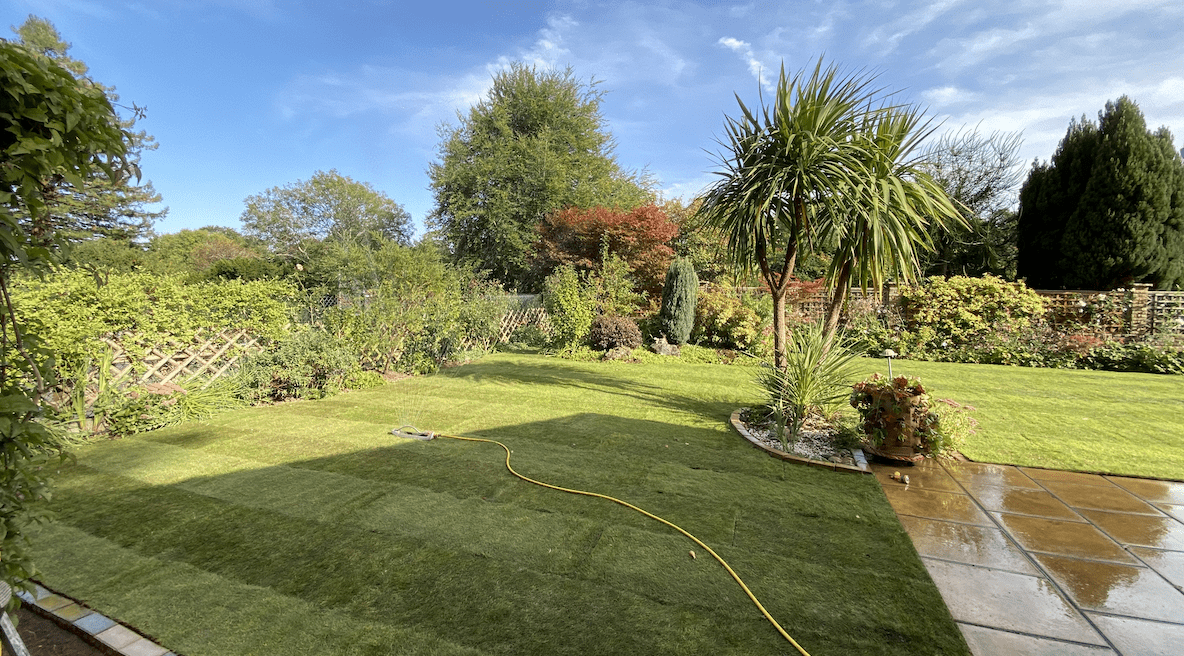
AYE’S ADVICE: HOW TO DEAL WITH COMMON LAWN PROBLEMS
You’ve followed our lawn care advice and watered, cut and fertilised your lawn, but sometimes even the best kept lawns fall victim to issues. In this post, Aye gives his advice on some of the more common lawn problems and challenges, and suggests some solutions that we use here at Ayegardening.
How to care for your lawn during drought
In periods of summer drought, turf grass may turn brown and stop growing. This is one of the most alarming lawn problems for the gardener! However, this often looks a lot worse than it actually is, as the lawn will usually recover quickly once rain returns - especially if appropriate autumn lawn care is given. Rest assured that it would take a severe drought to actually kill off the lawn.
Lawn grasses are more likely to show signs of drought once the top 10cm (4in) of soil dries out. Ornamental lawns of fine bent-type grasses are most likely to suffer, but general garden lawns containing fescue grasses may have more resistance.
In extended periods of drought, or where the lawn is not well maintained, any lawn grasses can become weakened, and their roots deteriorate. If the grass becomes sparse, weeds and moss easily establish with the onset of autumn rains. Remedial action may be necessary. See our Lawn Care Calendar for further advice.
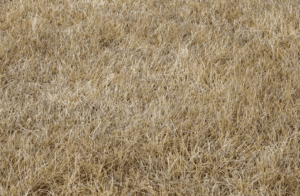
How to care for your lawn after flooding
If your lawn floods, don’t walk on it but let it drain. How quickly it drains will depend on the type of soil underneath; a sandy, light soil will drain fairly quickly, but a thick clay will take longer. Once the water has drained you will be able to rake away any leaves and debris to better assess the damage. Look out for areas that are thin or bare, or areas where weeds and moss have invaded. The lawn may need over-seeding to cover patches, or even need replacing with new turf depending on the severity of the damage.
Now is a good time to take a close look at drainage too. If flooding has been caused by minimal amounts of rain, it may be a symptom of a larger issue and need further investigation.
As grass is relatively robust you can start repairing your lawn once it has dried out sufficiently. Aerating the lawn by driving a fork in and wiggling it around every 150mm across the lawn will help drainage, as well as introducing some air into the roots which will be much needed if the grass plants have been compacted by the weight of the flood water.
If you don’t have a naturally quick draining soil, take the opportunity to brush some top dressing (soil mixed with sand) into the aeration holes you have made. This will help the soil drain more quickly should it happen again in the future. If the weather allows, mow the lawn to encourage growth. In spring time a good feed will be even more important to help replace the nutrients lost in the flooding.
You can over-seed any areas of damage in autumn or spring, or consider re-turfing larger areas. Take a look at our post on caring for your new lawn for further advice if this such repairs are necessary
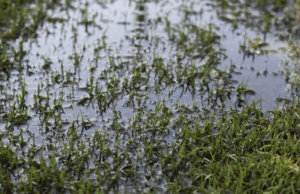
Scarifying your lawn
All grass forms a layer of dead plant material, known as thatch, between the grass stems and the soil. But if the thatch gets too thick (more than 25mm) it prevents vital water and nutrients from penetrating into the soil. In a healthy lawn, micro-organisms and earthworms help keep the thatch layer in balance by decomposing it and releasing the nutrients back into the soil. If your lawn has a thatch problem, you can help keep it under control by raking the lawn (scarifying) or using a machine that slices through it and breaks it up. Spreading a thin layer of top dressing over the lawn can also help.
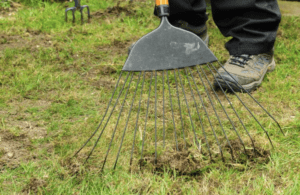
Toadstools and fungi in your lawn
Toadstools and fungi may look untidy on your lawn, but rest assured that they are a sign of a healthy growing environment. Fungi are the most active of all micro-organisms in turf, helping to degrade lawn thatch and other organic debris, as well as supplying the turf with nutrients.
A healthy turf contains thousands of fungi, although only a few produce toadstools and mushrooms. Certain fungi will occasionally produce toadstools, which are the structures that produce the fruit, or seed, of the fungus. When the weather conditions are suitable, otherwise unnoticed fungi can cause diseases such as rust disease, fusarium patch and red thread. If you spot toadstools and mushrooms on your lawn, you can remove them by picking them out by hand (wear gardening gloves as a precaution against irritants) or brushing them off. Alternatively, they can be mown off, using the lawn mower box to collect them and prevent further spread.
Generally, there are two methods of preventing toadstools from becoming established in lawns:
- Reduce the amount of lawn thatch by scarifying the lawn and then reducing the amount of fertiliser that you apply.
- Check for buried debris under the lawn. Dig under a clump of toadstools with a pocket knife to look for any plant debris. If it is there, your toadstools are growing from that, not the lawn itself. Simply dig out the debris and replace the turf.
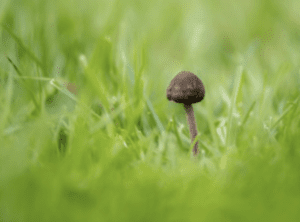
Aye’s Trouble-Shooting Tips
Mowing in dry weather: Raise the height of the cut in dry weather to avoid weakening the grasses and let the clippings fall back onto the lawn rather than collecting them. They will act as mulch and slow down the evaporation of water from the soil surface. Make sure the clippings are small, or they will smother the grass and cause damage.
Scarifying: Remember that turf can easily be damaged if scarified too deeply. Do not scarify in spring – opt instead for a light raking, as the lawn may not recover in summer conditions.
Preparing for drought: While you can't prevent drought, you can take measures to prevent the damage drought causes. The most important thing to do is to ensure your lawn is healthy. A regular programme of spring, summer and autumn lawn maintenance will help lawns resist drought and recover strongly afterwards.
Fungi: There are no fungicides available in the UK for use against toadstools and mushrooms in lawns. Remember that fungi are beneficial to the lawn; as toadstools are only temporary and do not damage the lawn, there is no need to apply a fungicide.



